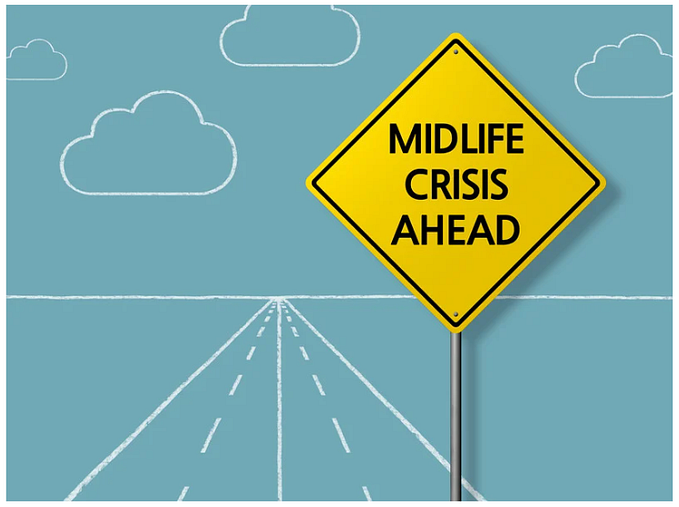Member-only story
Write, revise, destroy
The secret to better writing lies in creating distance between you and your words.
Yesterday I nixed an essay I’d been working on for several weeks. It was a meaty beast, full of details, anecdotes, and citations. I was emotionally invested in publishing it, but during a final edit I realized I couldn’t pull the trigger.

Wash, rinse, repeat
I typically edit my pieces several times after I blurt out a first draft. These edits take place over the following days, weeks, and sometimes months. I almost never publish right away unless the piece is short or timely.
I think of my process as recursive editing, although in writerly circles it’s typically referred to as recursive writing. Both terms work, but I prefer recursive editing as I typically start with a fleshy first draft, then snip and rearrange later. Some writers prefer to add and subtract while editing, but I’ve found spitting everything out in my first draft, then subtracting in subsequent edits, works better for me. Either way, recursive editing (or writing) is a solid process with an added bonus: it can prevent disaster. Here’s what it looks like:
- Write the first draft
- Walk away for some period of time
- Read the draft in its entirety
- Edit
- Repeat steps 2–4 several times
- Publish (maybe)
Nothing groundbreaking here, but two points are worth noting:
- First, I’ve found reading and re-reading the entire piece before making a single edit is critical. It helps me see how the piece works as a whole, where the biggest problems lie, and where to start my edits. The desire to edit as I read feels overpowering, but I have to resist; the moment I begin editing, I’m focused on words, sentences and passages, not the piece as a whole—like trying to see the night sky by observing one star at a time.
- Second, I allow as much time as possible between editing sessions; time brings objectivity and clarity. The longer I wait, the more it feels like I’m reading someone else’s writing. Familiar, but unfamiliar enough that I can read and edit without sentimentality. With several pieces in…







